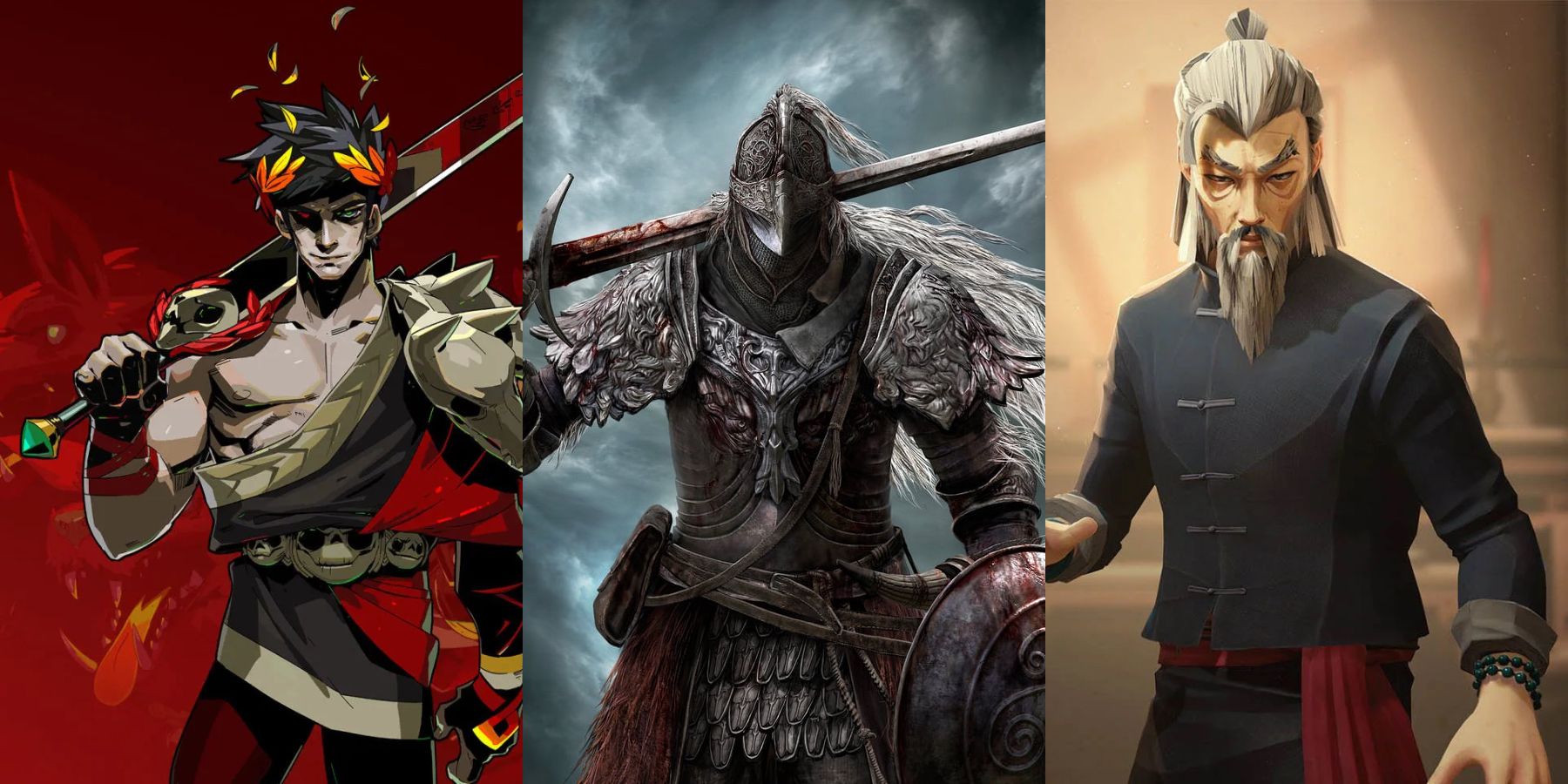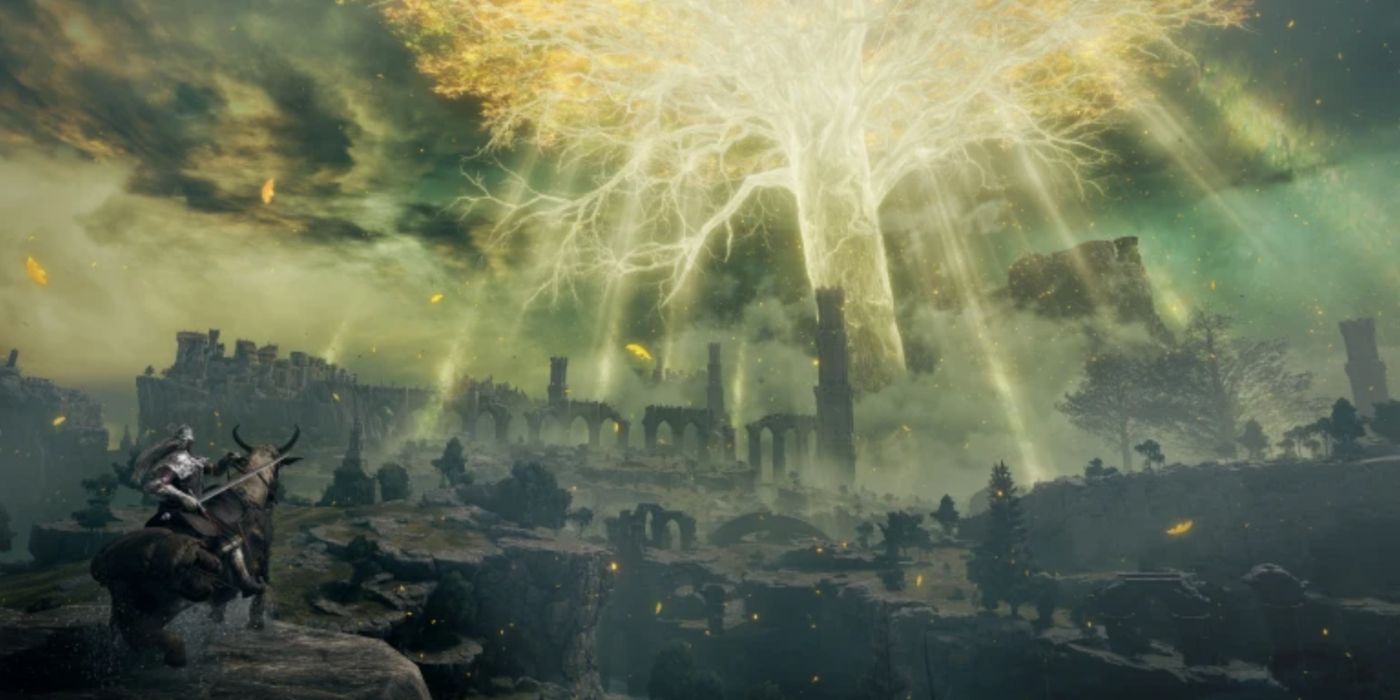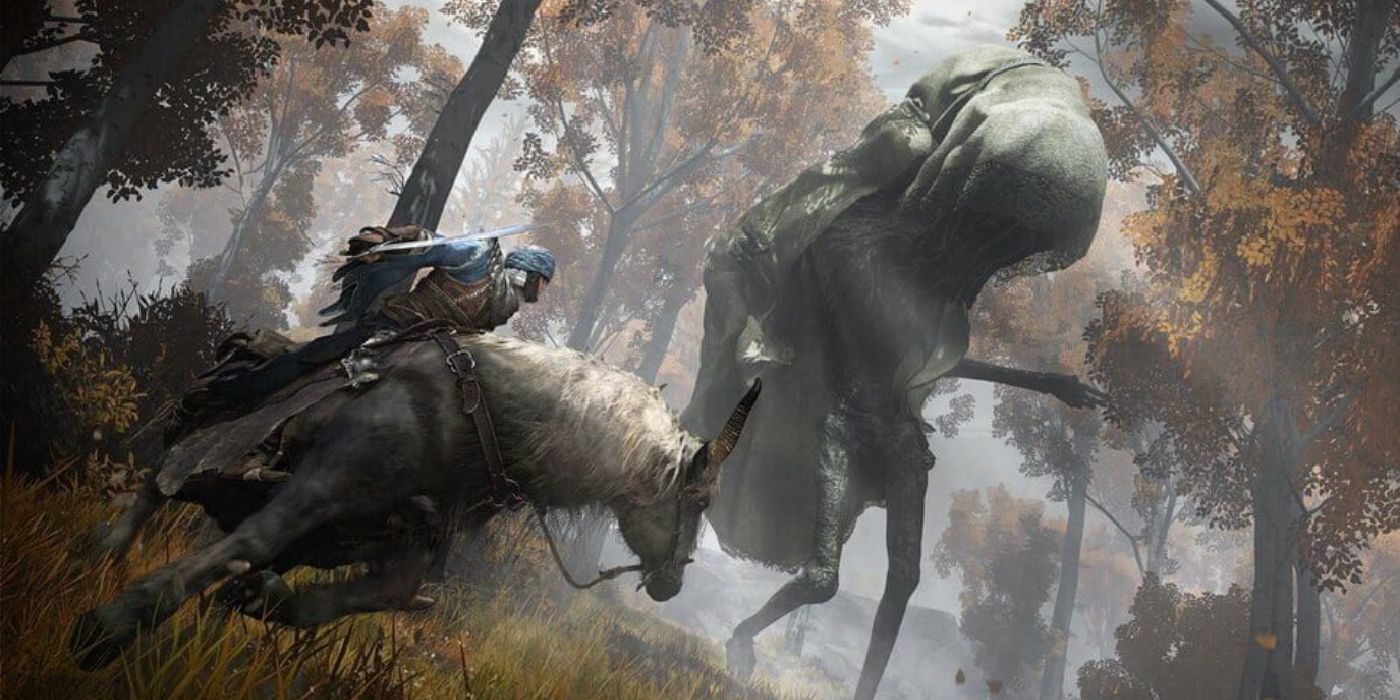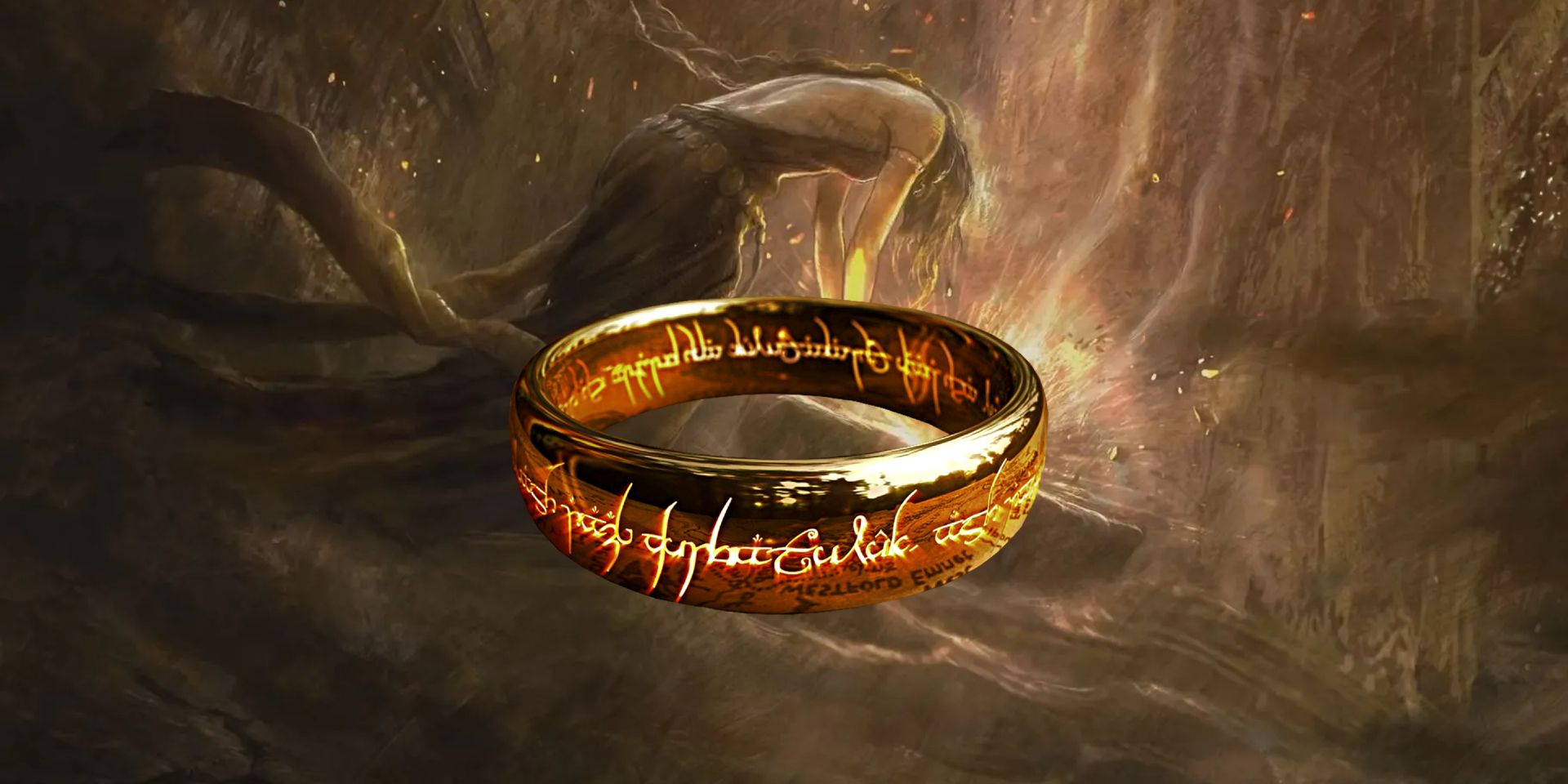At first glance, FromSoftware's most recent release, Elden Ring, seems to embrace a gameplay design built on unrealistic fun, with fantastical features such as magic and monsters, resurrection, and video game staples such as health bars or menus. A closer examination of Elden Ring's design, however, reveals many immersive features that make the game more fun with realism - not necessarily realism in terms of the laws of physics, but realistic consequences for certain player actions and in-universe reasons for certain game mechanics to exist.
There's a big difference between realistic and immersive video games, though the two categories can overlap. Classic early 2000s games like Half-Life 2 broke new ground with game engines that simulated Newtonian physics, while many FPS from the era, like Call of Duty 4: Modern Warfare, tried eliminating health bars in favor of the screen going red and bloodshot when player avatars were near death. These sorts of gameplay features, however, don't always succeed at immersing players in the game's world or let them suspend their disbelief. Enter video games like Elden Ring, a dark fantasy RPG with fantastical details, but consistent, solid world-building that grabs a player's interest.
Elden Ring, Sifu, & Hades Build Immersion With Justification For Respawning
Elden Ring's core gameplay loop of dying, reviving, and overcoming was first produced in Demon's Souls, a 2009 action role-playing game helmed by creative director Hidetaka Miyazaki, then refined in FromSoftware's later, similar games such as Dark Souls, Bloodborne, and Sekiro: Shadows Die Twice. The core narrative conceit of each Soulsborne game is that the player characters, in-universe, cannot permanently die due to not being fully alive. The Slayer of Demons in Demon's Souls is a lost soul bound to a space called the Nexus. The Chosen Undead of Dark Souls is essentially a zombie, while the slightly different Grace in Elden Ring revives a Tarnished as long as they remain a worthy candidate for the title of Elden Lord.
Games in the rogue-like genre take a similar approach to Soulslike RPGs by giving in-game explanations for why characters revive while introducing new mechanics for making death feel real and letting players "fail forward." In the hack-and-slash rogue-like Hades, for instance, death doesn't stick for the demigod Zagreus because they're already in the Greek Underworld; death in Hades forces players to start their run all over again, but also gives them the chance to level up and talk with colorful NPCs. The fighting game Sifu, where the revenge seeking martial artist main character is revived by a magical talisman, gives players a chance to upgrade skills after each death, but ages the protagonist by 1 year after every defeat.
This narrative justification for why their characters don't stay dead, coupled with the absence of manual save features, makes Elden Ring and other Soulsborne games stand out in an industry full of games with quick-save functions and archived game states players can load to undo hasty decisions. Additionally, when a player dies in Elden Ring and respawns at their last checkpoint, all non-boss enemies in the area they explored return, and the experience points they gathered must be retrieved from where they fell in battle (or literally fell off a cliff). This makes death and defeat in a playthrough of Elden Ring feel real and meaningful to players, while also making growth and victory all the sweeter.
Elden Ring & Old-School RPGs Convey Realism Through Tough-But-Fair Challenges
Besides creating permanent consequences for player character death or defeat (and semi-permanently killing friendly NPCs the player attacks in haste or by accident), Elden Ring also creates immersion through its infamously challenging and punishing combat. The cinematic bosses of Elden Ring and its Soulsborne predecessors will tear a Tarnished to bits if a player rushes in unprepared. Weak mob-style enemies won't attack one at a time, but happily gang up on players and stun-lock them to death, while a lack of difficulty scaling mechanics like in Skyrim means players can stumble across enemies and bosses far beyond their current level.
None of these in-game obstacles make Elden Ring impossible to beat; they do, however, penalize players who don't observe enemy attack patterns, pay attention to their surrounds, or take the time to master key survival skills. This tough-but-fair approach to game difficulty is similar in many ways to the core design principles of Old School Revival Tabletop RPGs. This aesthetic of roleplaying game design, which homages the rules and dungeon crawls of original edition Dungeons & Dragons, also eschews notions of gameplay balance in favor of encouraging players to overcome monsters and traps with cleverness and common sense.
Elden Ring & The Lord Of The Rings Build Immersion With Consistent World-Building
In his essay On Fairy Stories, the musings of which formed the basis of his fantasy genre-transforming The Lord Of The Rings franchise, J.R.R. Tolkien talks about how when story-makers craft a narrative, they invite readers to dwell in a "secondary world" with its own laws and truths. If the laws and truths of this secondary world, fantasy or otherwise, are consistent and well-described, readers and audiences won't have any trouble believing in the story and its characters. If this world-building is contradictory or liable to change depending on the whims of its creator, though, the reader's sense of belief is broken. In Tolkien's own words, "the spell is broken; the magic, or rather art, has failed."
For understandable reasons, the creative minds behind Elden Ring took many steps to ensure their dark fantasy RPG wouldn't be seen as a rip-off of The Lord Of The Rings (much as Tolkien took pains to distinguish his trilogy from Wagner's Ring Cycle). Still, thanks to the backstory bible of George R.R. Martin and the imaginations of the FromSoftware design team, the open-world environment of Elden Ring is drenched in a rich, internally consistent history that players can immerse themselves in with the same scholarly enthusiasm Tolkien fans do for LOTR.
Additionally, Elden Ring rewards lore-hunting players by tying the game's backstory to certain game mechanics - for instance, mysterious Outer Gods like the Formless Mother or Dark Moon are tied to damaging and useful status effects such as Bloodloss or Frostbite. By presenting a consistent game world, one which is tied closely to the game mechanics, Elden Ring achieves a level of immersion unmatched by many other contemporary video games.




